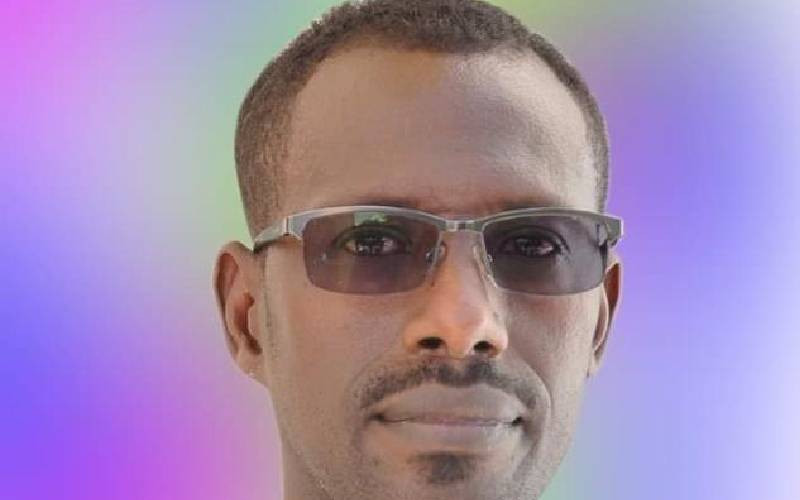
It is commendable to see the National Treasury allocate Sh8.75 billion in the 2023-24 financial year towards the utilisation of the Blue Economy resources.
This is because addressing the imperative of sustainable use of ocean resources in propelling Kenya’s blue economy while preserving biodiversity is vital.
The Blue Economy as defined by the United Nations Environment Programme, emphasises the responsible utilisation of marine and freshwater resources to drive economic development, foster social progress, and ensure environmental sustainability.
However, numerous challenges hinder effective ocean conservation, such as conflicts over space, inadequate security, overfishing, habitat degradation, pollution, biodiversity loss, economic barriers and climate change.
Kenya’s coastline, along the Western Indian Ocean, plays a pivotal role in the country’s blue economy.
It is globally recognised as a hotspot for marine biodiversity and home to over 60 million people living within a 100-kilometre radius across Africa.
Furthermore, the economic value of the Western Indian Ocean exceeds an astounding $333.8 billion (Sh46.7 trillion).
Recognising the significance of this region, The Nature Conservancy and its partners have been actively engaged in the Sustainable Blue Economy Project.
The initiative seeks to strengthen the blue economy of countries bordering the Western Indian Ocean by integrating ecosystem services and implementing effective biodiversity conservation measures.
To promote the sustainable use of ocean resources and nurture a thriving blue economy, collaborations across governance, the private sector, civil society, and community-based organisations are needed to balance diverse needs.
These include community fisheries, industrial growth, biodiversity conservation, and the tourism industry.
Inclusive stakeholder engagement, particularly in coastal communities, is vital in this process. We must not take our ocean resources for granted but instead work collaboratively to bring practical and proven solutions.
A notable success story worth highlighting is Seychelles, where through ocean conservation efforts, the country has successfully safeguarded 30 per cent of its 410,000 square kilometres of ocean territory.
Through marine spatial planning and improved fisheries management, sensitive habitats like coral reefs and mangroves and globally threatened species will be better protected, and the rate of destruction will be halted, mitigating climate change and resulting in additional carbon sequestration.
This achievement can be attributed to the implementation of the Blue Bonds for Conservation model.
It allows governments to refinance their national debt, unlocking long-term sustainable financing for marine protection, economic development, and climate change initiatives.
In collaboration with governments, investors, and international development organisations, the initiative has successfully implemented conservation efforts that facilitate local community participation, foster local economic growth, and contribute to the recovery of complex blue economy ecosystems.
Building resilience to climate change is, therefore, an integral part of the communities’ conservation efforts.
By adopting a cyclical model, The Nature Conservancy and its partners work together to refinance a portion of the nation’s debts, thus creating a positive feedback loop of sustainable development.
Kenya now stands in a critical position where it has the opportunity to solidify its position as a leader in Ocean conservation and sustainable development within Africa by making a robust commitment to nurturing its blue economy.
With funding from the German government – an international climate initiative and support from UNESCO, Kenya is implementing a five-year project to strengthen the blue economy of the Western Indian Ocean through the integration of ecosystem services and effective biodiversity conservation.
Kenya can make significant strides towards a sustainable blue economic future by embracing the principles of marine spatial planning, and improved fisheries management, protecting sensitive habitats like coral reefs and mangroves and threatened species.
Marine spatial plans can also identify and prioritize biodiversity hotspots, critical habitats, and threatened species for protection, as well as zones where activities can occur while minimising potential impacts.
The government can collaborate with communities along Kenya’s coastal line to identify management options to drive long-term fisheries and biodiversity sustainability while supporting priorities for industrial and small-scale fisheries.
This will help tackle habitat loss and degradation, poor fishing or overfishing practices, and conflict over the use of marine resources.
However, the government and its partners must address the situation’s urgency. It is paramount that Kenya takes action now before ocean degradation becomes irreversible. The health and prosperity of our blue economy are directly linked to the well-being of our oceans.
Therefore, let us reaffirm our commitment to the sustainable use of ocean resources and work collectively to preserve our oceans for future generations.